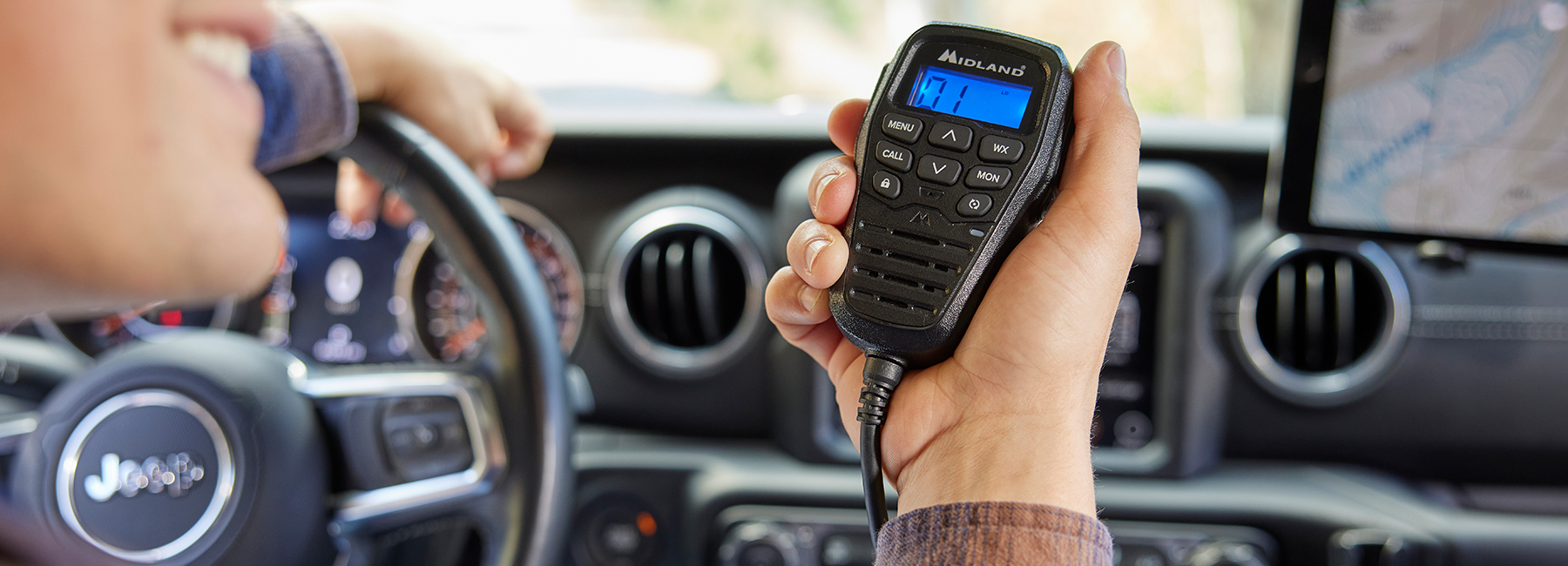You're almost there! Add $250.00 to your cart for free shipping.

October 10, 2019
Offroaders take their rigs and gear seriously -- especially their trail comms. The MicroMobile MXT275 is ideal for overlanders who need effortless communication while they navigate technical terrain. Our friends Mike and Sidney outfitted their 2017 Toyota 4Runner TRD Pro--Dumbo the Rig--with a custom GMRS radio installation. Their seamless install was completed on a 5th-generation 4Runner, but with the principals of this GMRS radio installation can applied to virtually any vehicle.
Once you've installed your MicroMobile, head out to one of these off road trails.











